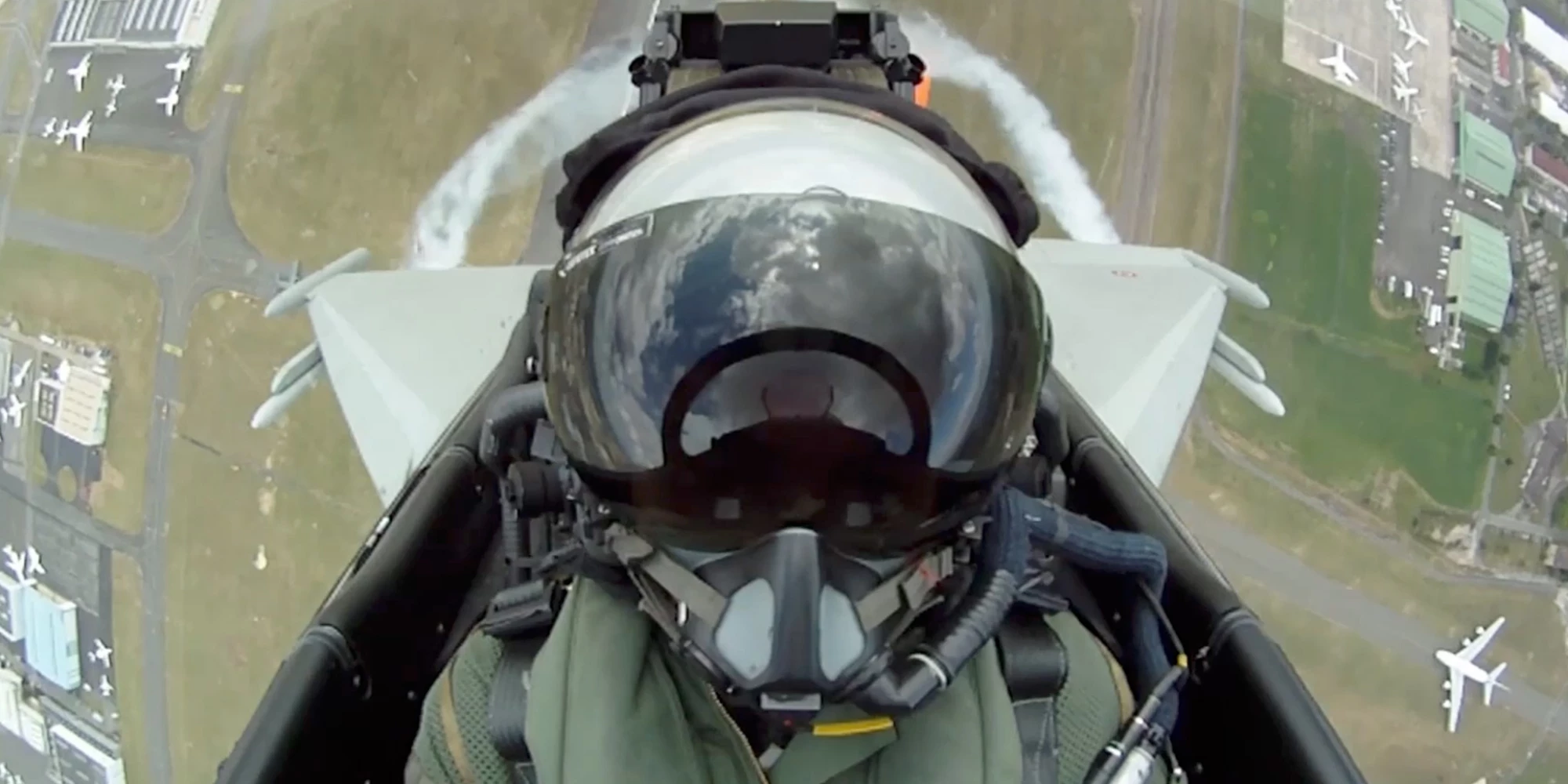Der AEROREPORT ist das Luftfahrtmagazin der MTU Aero Engines, Deutschlands führendem Triebwerkshersteller.
„Die Welt der Luftfahrt mit MTU-Brille“ bringt auf den Punkt, worüber der AEROREPORT berichtet. „REPORT“ steht für Hochtechnologie
und exzellenten Service „Made by MTU“, „AERO“ für den Blick über den Tellerrand hinaus, auf allgemeine Luftfahrtthemen.
Fliegen und die Technologie, die es ermöglicht, sind faszinierend und bieten ein breites Themenspektrum für ein Luftfahrtmagazin: mehr als hundert Jahre Geschichte und viele Fragestellungen für die Zukunft der Luftfahrt angesichts von Klimawandel, Bevölkerungswachstum und Ressourcenknappheit.
